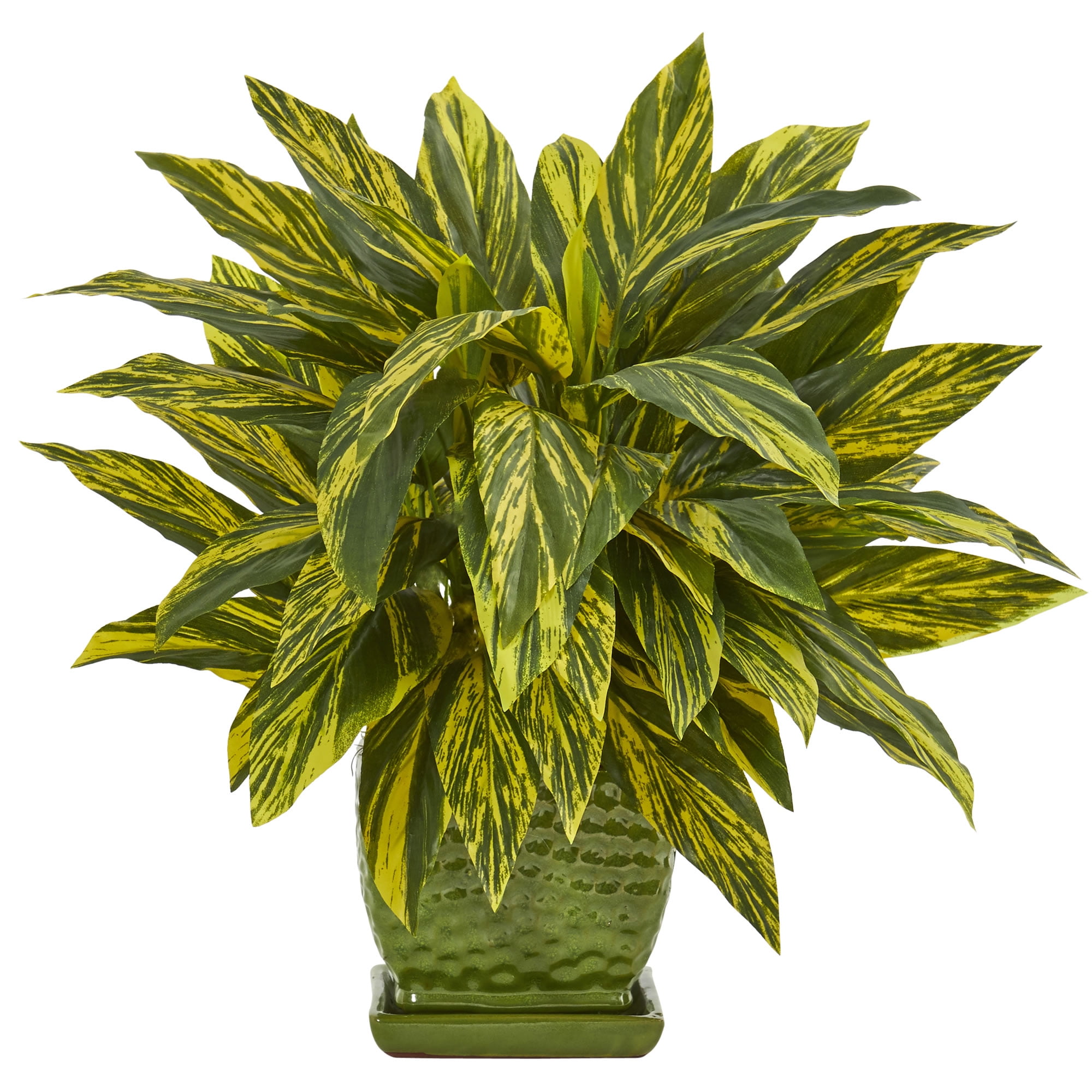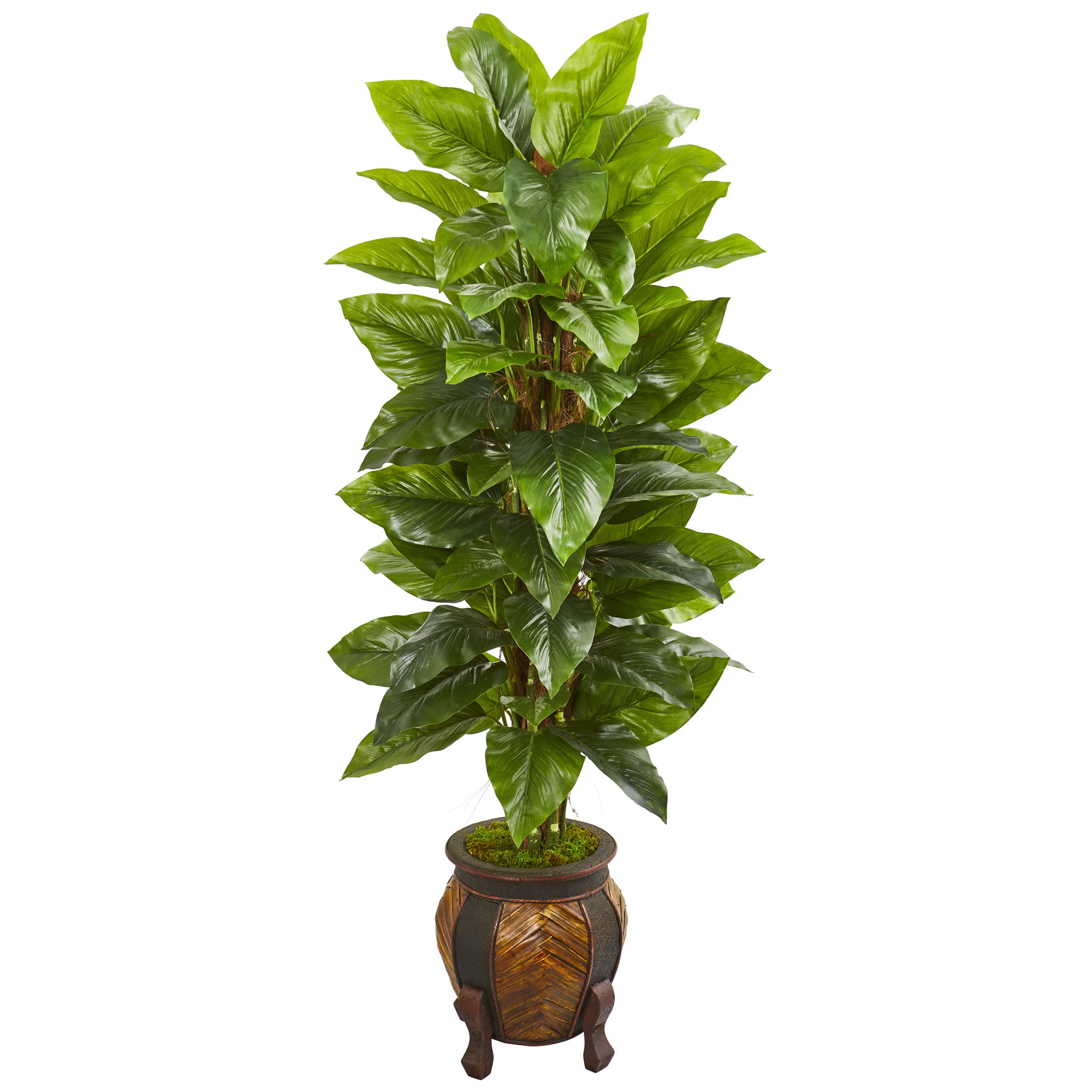Benefits of Artificial Plants

When it comes to decorating our homes, offices, and commercial spaces, plants are often a popular choice. However, maintaining real plants can be a hassle, especially for those of us who don’t have a green thumb. Artificial plants offer a convenient and low-maintenance alternative, providing numerous benefits without the need for constant care and attention.
Eh, bosquers. Punya tanaman plastik nggak di rumah? Tenang, bukan cuma kamu doang kok. Banyak orang juga milih pakai tanaman plastik buat dekorasi rumah. Nggak perlu disiram, nggak perlu kena matahari, nggak perlu pupuk.
Tinggal taruh aja di pojokan, udah bisa bikin rumah jadi lebih kece. Ngomong-ngomong soal dekorasi rumah, udah pernah cek free desktop wallpaper belum? Ada banyak pilihan wallpaper kece buat bikin desktop kamu jadi lebih keren. Nah, balik lagi ke tanaman plastik.
Walaupun nggak perlu perawatan, tapi tetap aja perlu dibersihin ya. Soalnya kalau berdebu, malah jadi nggak cantik.
Aesthetics
- Artificial plants can add a touch of nature and greenery to any space, enhancing the overall aesthetic appeal.
- They come in a wide variety of styles, colors, and sizes, allowing you to customize your décor to suit your taste and preferences.
- Unlike real plants, artificial plants will always look their best, regardless of the season or lighting conditions.
Maintenance
- Artificial plants require minimal maintenance compared to real plants. No need for watering, fertilizing, or pruning.
- They are dust-resistant and easy to clean, making them ideal for busy individuals or those with allergies.
- Artificial plants can last for many years, providing long-term value and eliminating the need for frequent replacements.
Indoor Air Quality
- Some artificial plants are made from materials that can help improve indoor air quality by absorbing harmful toxins.
- By removing these toxins from the air, artificial plants can contribute to a healthier and more comfortable living environment.
- Studies have shown that exposure to plants, even artificial ones, can have positive effects on mood, reduce stress, and improve cognitive function.
Types of Artificial Plants

Artificial plants come in a wide range of materials, styles, and applications. From realistic replicas to abstract designs, there’s an artificial plant to suit every taste and need.
Materials
The most common materials used to make artificial plants are plastic, silk, and fabric.
- Plastic is the most durable and affordable option. Plastic plants are often used outdoors or in high-traffic areas where they are likely to be exposed to the elements or heavy use.
- Silk plants are more realistic than plastic plants, but they are also more expensive. Silk plants are often used indoors in areas where they will not be exposed to direct sunlight or moisture.
- Fabric plants are the most realistic option, but they are also the most expensive. Fabric plants are often used in high-end homes and businesses where they are likely to be seen by a lot of people.
Styles
Artificial plants come in a variety of styles, from realistic replicas to abstract designs.
- Realistic replicas are designed to look as much like real plants as possible. They are often made from high-quality materials and feature intricate details.
- Abstract designs are more stylized than realistic replicas. They often feature bold colors and geometric shapes.
Applications
Artificial plants can be used in a variety of applications, both indoors and outdoors.
- Indoors, artificial plants can be used to add life and color to any room. They can be placed on tables, desks, shelves, or even hung from the ceiling.
- Outdoors, artificial plants can be used to create a beautiful and inviting space. They can be placed in planters, pots, or even directly in the ground.
Care and Maintenance of Artificial Plants

Artificial plants are a great way to add greenery to your home without the hassle of watering, fertilizing, or dealing with pests. However, they still require some care and maintenance to keep them looking their best and lasting for years to come.
Cleaning, Artificial plants
One of the most important things you can do to care for your artificial plants is to clean them regularly. This will help to remove dust and dirt that can accumulate over time and make them look dull. To clean your artificial plants, simply wipe them down with a damp cloth. You can also use a mild soap and water solution if they are particularly dirty. Be sure to rinse them thoroughly with clean water after cleaning.
Dusting
In addition to cleaning, you should also dust your artificial plants regularly. This will help to prevent dust from building up and making them look dirty. To dust your artificial plants, simply use a soft brush or a feather duster.
Storing
When you’re not using your artificial plants, it’s important to store them properly. This will help to protect them from dust, dirt, and damage. To store your artificial plants, simply place them in a cool, dry place. You can also wrap them in plastic or cloth to protect them further.
Potential Risks
While artificial plants are generally safe, there are a few potential risks that you should be aware of.
* Dust accumulation: Artificial plants can accumulate dust over time, which can be a problem for people with allergies or asthma. To reduce the risk of dust accumulation, be sure to clean your artificial plants regularly.
* Flammability: Artificial plants are made of plastic, which is a flammable material. This means that they can be a fire hazard if they are not properly cared for. To reduce the risk of fire, be sure to keep your artificial plants away from heat sources.
Disposal
When your artificial plants reach the end of their lifespan, it’s important to dispose of them properly. Artificial plants can be recycled, but they should not be placed in the trash. To recycle your artificial plants, contact your local recycling center.
Artificial plants are a great way to add some greenery to your home without having to worry about watering or sunlight. And if you’re a fan of soccer, you can even find artificial plants that feature your favorite players, like ronaldo wallpaper.
So whether you’re looking for a way to add some life to your living room or you just want to show your support for your favorite team, artificial plants are a great option.